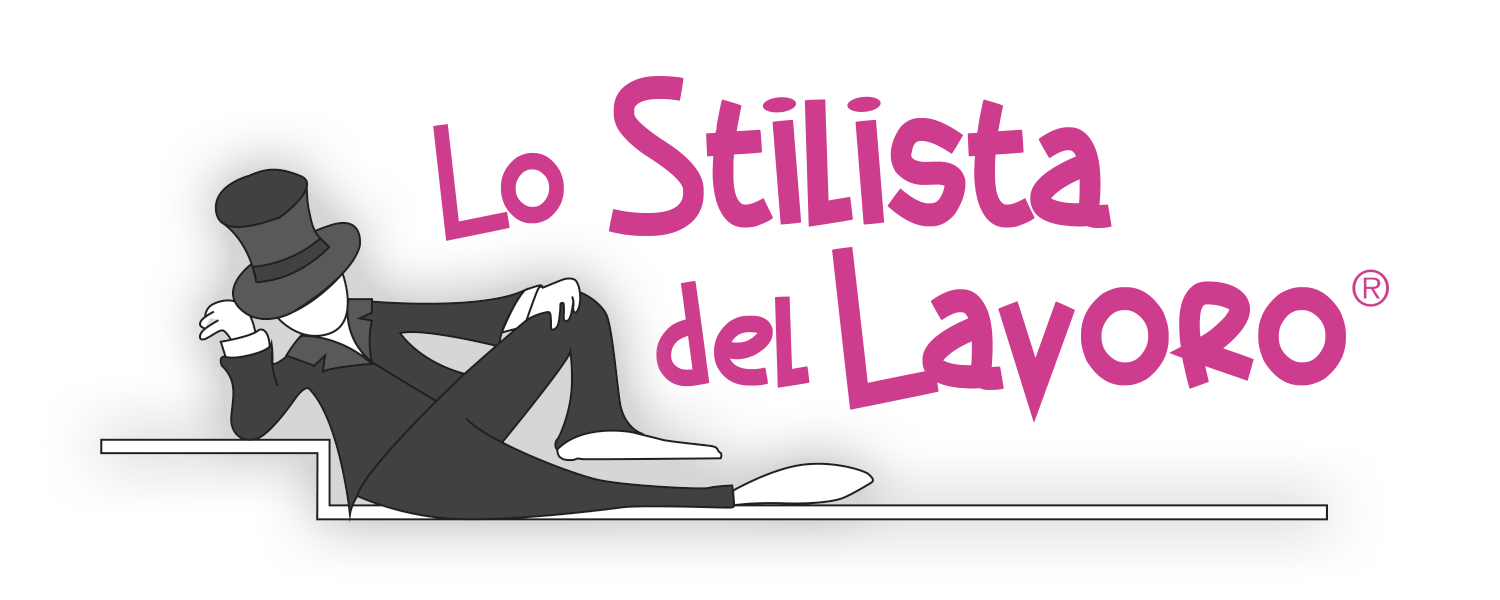Content
Patients in these programs will have 24-hour supervision and around-the-clock medical care. Substances like cocaine and other stimulants can cause drastic or extreme changes in blood pressure and alter oxygen absorption rates in the blood, which can damage arteries and veins, as well as the heart. Dissociative drugs can produce visual and auditory distortions and https://curiousmindmagazine.com/selecting-the-most-suitable-sober-house-for-addiction-recovery/ a sense of floating and dissociation (feeling detached from reality) in users. Use of dissociative drugs can also cause anxiety, memory loss, and impaired motor function, including body tremors and numbness. Unintentional polysubstance use occurs when a person takes drugs that have been mixed or cut with other substances, like fentanyl, without their knowledge.
- This can occur both in the intoxicated state and also during withdrawal.
- House leadership positions are limited to 6 months so that members all have a chance to be decision makers.
- It implies a short-term resumption of substance use or heavy/hazardous use (e.g., for a night or a day) that is followed by a return to the original goal of moderate use or abstinence.
- Despite the warnings, using NSAIDs remains one of the most popular ways to relieve pain.
- It’s common for a person to relapse, but relapse doesn’t mean that treatment doesn’t work.
Visit the links below to find out more about your health insurance coverage levels, how to get your insurance company to pay for drug and alcohol rehab, and how to pay if you don’t have insurance. Barbiturates, benzodiazepines and hypnotics are prescription central nervous system depressants. They’re often used and misused in search for a sense of relaxation or a desire to “switch off” or forget stress-related thoughts or feelings. Substituted cathinones, also called “bath salts,” are mind-altering (psychoactive) substances similar to amphetamines such as ecstasy (MDMA) and cocaine. Synthetic cannabinoids, also called K2 or Spice, are sprayed on dried herbs and then smoked, but can be prepared as an herbal tea. Despite manufacturer claims, these are chemical compounds rather than “natural” or harmless products.
If we want addiction destigmatized,
(stigma alert) Actions that typically involve removing or diminishing the naturally occurring negative consequences resulting from substance use, increasing the likelihood of disease progression. Term has a stigma alert, due to the inference of judgement and blame typically of the concerned loved-one. (stigma alert) Originating in the 1970’s book, The Dry Drunk Syndrome, by R.J.
The definition of dependence emphasised tolerance to drugs, and withdrawal from them as key components to diagnosis, whereas abuse was defined as “problematic use with social or occupational impairment” but without withdrawal or tolerance. (stigma alert) Medication-assisted treatment (MAT), including opioid treatment programs (OTPs), combines behavioral therapy and medications to treat substance use disorders (see agonist; antagonist). As with most other chronic diseases, such as diabetes, asthma, or heart disease, treatment for drug addiction generally isn’t a cure. People who are recovering from an addiction will be at risk for relapse for years and possibly for their whole lives. Research shows that combining addiction treatment medicines with behavioral therapy ensures the best chance of success for most patients. Treatment approaches tailored to each patient’s drug use patterns and any co-occurring medical, mental, and social problems can lead to continued recovery.
How can I prevent substance use disorder?
When you’re addicted to drugs or alcohol, it’s hard to see past the short term. The long-term effects of drugs on the body cannot be ignored though. Drug addiction can have severe consequences for your physical and mental health. If you or a loved one is struggling with addiction, please know that recovery is possible. You can prevent further damage to your health and build a fulfilling life that doesn’t include substance abuse. If you are ready to stop using drugs, always do so under the care of medical professionals.
The complete absence of symptoms or the presence of symptoms but below a specified threshold. An individual is considered to “in remission” if they once met criteria for a substance use disorder, but have not surpassed the threshold number of criteria within the past year or longer. This term has a stigma alert, as it can imply a moral failing for some people. Instead it may be preferable to use morally neutral terms such as “resumed,” or experienced a “recurrence” of symptoms. The percentage of addicted persons undergoing treatment, who achieve abstinence or remission following treatment in some stated time period (e.g., in the year following discharge from treatment) Sometimes referred to as “success rate”.
Treatment Programs: Recover from the Long-Term Effects of Addiction
Due to the toxic nature of these substances, users may develop brain damage or sudden death. Drug addiction can start with experimental use of a recreational drug in social situations, and, for some people, the drug use becomes more frequent. For others, particularly with opioids, drug addiction begins when they take prescribed medicines or receive them from others who have prescriptions. The sooner a person gets the help needed to stop abusing any type of drug, the better the chances are of being able to minimize these physical health problems. While permanent effects of drugs on the body are possible, the body can also recover in many ways.

They do not provide a cure for the disorder but are most effective for people who participate in a treatment program. Research shows that a combination of medication and therapy can successfully treat substance use disorders, and for some medications can help sustain recovery. For the present analysis, we divided the individual drug-using-career time scale into 4-month intervals since initiation of regular drug use. The individual drug-using career began in July 1 of the reported calendar year of starting regular use of illicit drugs and ended at death or July 2002.
Long-Term Effects on the Body
Mixing stimulants and depressants doesn’t balance or cancel them out. In fact, the results of combining drugs are unpredictable, often modifying or even masking the effects of one or both drugs. This may trick you into thinking that the drugs are not affecting you, making it easier to overdose. The complications of substance use disorder are broad and may depend on the type of substance use.
